Compression Socks To Help With XL Problems
If you’re nursing an injured foot or going about your day-to-day tasks with an aching body, you know that these little issues are actually a huge problem. Thankfully your big problem has an easy fix.
Chances are that compression socks can solve all your troubles. Comfortable and effective, our compression socks come in a range of styles, colors, and even sizes.
Pick up an XL pair of compression socks for your XL problems, and you’ll never want to leave your home without them.
What Are Compression Socks?
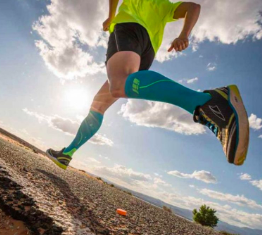
Compression socks are elastic articles of clothing that fit snugly around your feet, ankles, and calves. The snug fit is the source of all their holistic benefits, providing support to your lower limbs, relieving any stress on your bones and joints, and helping improve circulation. And, the best part of all, you should feel immediate relief the second you get our cozy compressions on your feet.
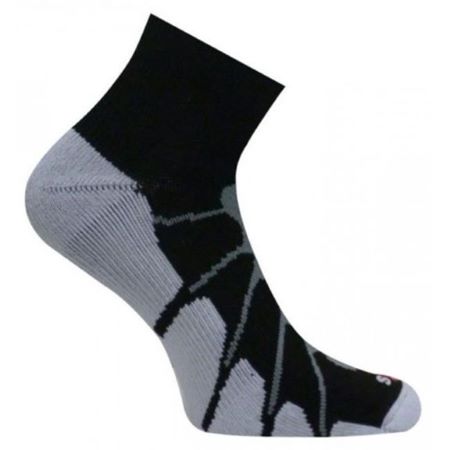
However, too much compression can be a bad thing. You want to provide support and relief, not constrict and restrict. Opt for a pair of XL compression socks to find the perfect fit for your feet, and choose from stripes or chevron to find the perfect style for your feet.
Socks With Benefits… Lots of ‘Em.
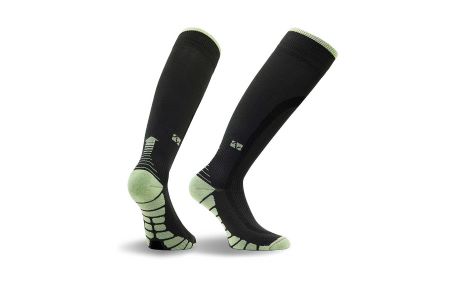
There’s more than one reason to wrap your feet in these luxurious little socks.
- They improve circulation, which helps the recovery process after intensive exercise. Researchgate reports that compression garments like socks and hosiery reduce the effects of Delayed Onset Muscle Soreness (DOMS) or stiff muscle a person experiences after doing unaccustomed or strenuous exercises.
- Put on a pair of compression socks, and you’re you, just a little stronger. The same report indicates that compression socks enhance muscle strength and power.
- Give your legs a gentle squeeze with a pair of compression socks and help eliminate poor circulation in your lower legs.
- Whether your swelling is small or XL, there’s a pair of compression socks that’ll help reduce it.
- They help prevent the development of Deep Vein Thrombosis.
- Compression socks reduce orthostatic hypotension; the sensation of unsteadiness or lightheadedness you experience when you stand up.
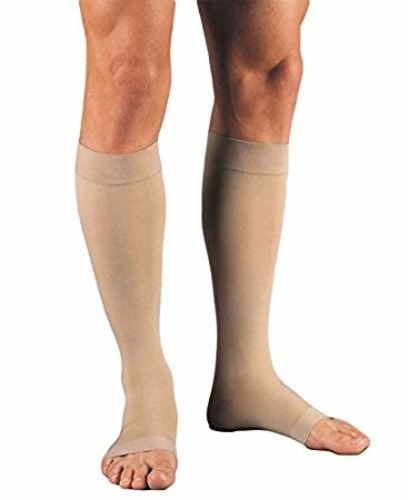
Who Should Wear Compression Socks?
Anybody and everybody. More than likely, at some in your lifetime, you’ll encounter some sort of swelling, soreness, or circulation problem that’ll have you reaching for a pair of compression socks. But if you fit any of the categories below, you might as well save yourself the trouble and grab a pair now, because you’re going to need them!
1. Athletes
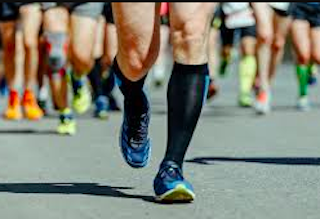
Collective research provided by University of Würzburg(Germany), Mid Sweden University(Sweden), and Karlsruhe Institute of Technology(Germany) showed that compression clothing like socks improved the endurance levels of runners. Results also indicate they are likely to benefit from reduced inflammation including muscle pain and damage.
2. Workers who are on their feet for long hours
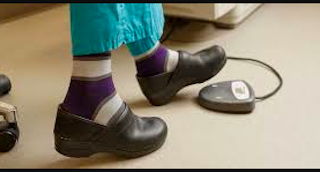
Jobs and tasks that require you to stand for most of the day can be harsh on your legs and feet. Pick up a subtle, professional pair in black because compression socks will help relieve any soreness or swelling that people in these occupations may suffer from:
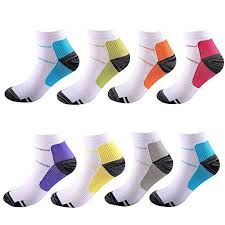
- flight attendants
- construction or project supervisors
- teachers, trainers, lecturers, and/or professors
- sales or stock clerks
- waiters and bar attendants
- cleaners like housekeepers, janitors, and maids
- pharmacists
- food servers
- nurse assistants
- packers and package handlers
- cooks, food prep and serving workers
3. Elderly people
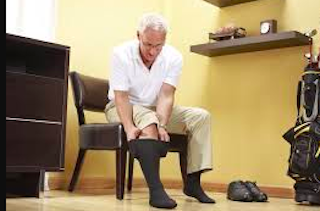
Unfortunately, elderly people often deal with chronic pain, ankle and knee problems, varicose veins, and issues with swelling and weakness. It is common for people to experience increased risks for injury, longer recovery periods, and more intense pain as they get older. Thankfully, compression socks can help.
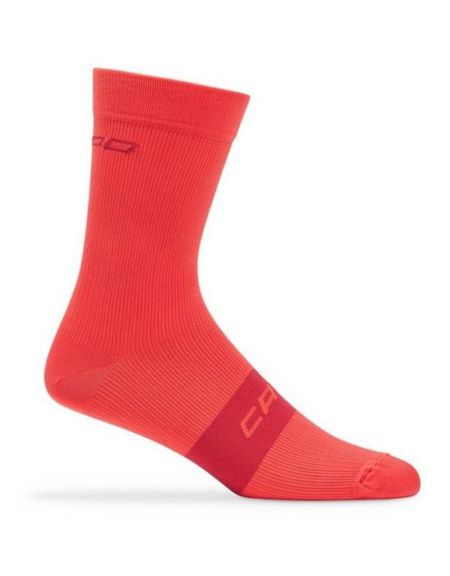
4. People who are confined to their desks for most of the day

A desk job that keeps you seated for long hours is likely to cause circulatory problems and even muscle weakness. Even students, hunched over desks all day, studying rigorously and preparing for examinations can experience these problems. Compression socks will help maintain good health and prevent any issues that arise from remaining seated for large periods of time.
5. People who do strenuous or lots of physical work
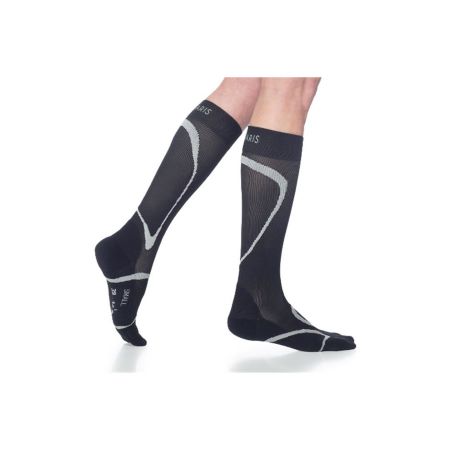
From industrial workers to childcare providers, anyone doing constant manual labor, managing heavy loads, or constant chores can benefit from pulling on a pair of compression socks before they start their workday.
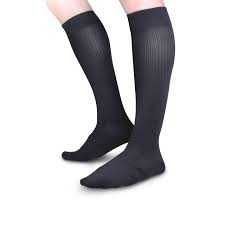
6. People who are recovering from leg or foot injuries
Compression socks help expedite the recovery process of a leg or foot injury by preventing further strain and providing support. And, as an added bonus, compression helps to alleviate pain.
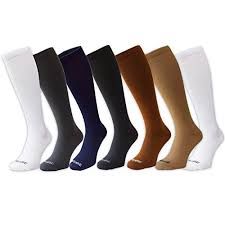
7. People who are going on a long trip
Long bus trips, car rides, and flights are never good for circulation. Passengers, drivers, and captains will all benefit from the improved circulation and blood flow provided by a good pair of compression socks. Avoid discomfort and blood clots with a comfy pair of socks.
8. Pregnant women
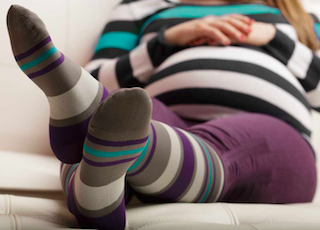
When pregnant, the amount of blood in a woman’s body increases, putting pressure on her veins and arteries. Wearing compression socks or support hosiery throughout pregnancy will help prevent the blood in the veins from flowing in the wrong direction.
9. Patients who suffer from edema or fluid retention
When fluids build up within the body, swelling and pain or discomfort set in, making it highly difficult and painful to stand and move around. Using socks for compression will help with the management of this condition and relieve the symptoms.
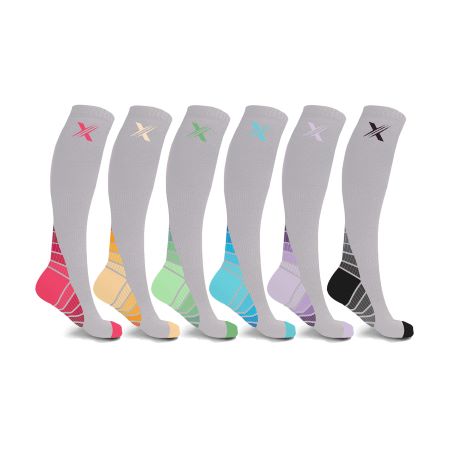
How Do You Properly Wear Compression Socks?

This can all be summed up by, whatever floats your boat but everyone has their own preference when it comes to how to wear a pair of compression socks. Below are the most common recommendations.
- Wear them first thing in the morning to start preventing any swelling right away.
- Some wear compression socks during the night but the general recommendation is to take them off before going to bed because there is not much need for compression while you’re sleeping. However, if you’re just interested in a pair of comfortable and cozy socks, our compression socks will certainly fit the bill.
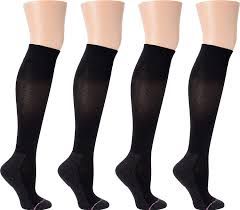
- Athletes often wear them during or after physical activity for a variety of different reasons. Compression socks enhance performance so you can wear them during periods of high activity or simply for post-activity recovery.
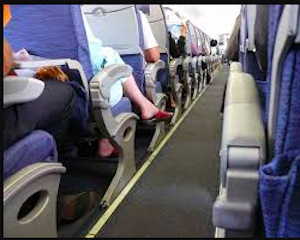
- For this, all the experts agree. Wear your compression socks before a flight, not during, and don’t immediately remove them when you land. Give your feet some time to adjust back to land conditions before you put your socks off.
- Never overstretch or pull your compression socks as you put them on. Handle them gently.
- Some find that turning them inside out, then rolling them upwards your ankle or heel is an easier way to put compression socks on. This is especially a good method for maintaining the shape of extra large compression socks.
Popular Articles on ComproGear
Compression Socks for Gout Compression Stockings Gout
How Do You Care for Your Compression Socks?
Return the favor, and take just as good care of your socks as they do for you.
- You can either hand wash or machine wash them using cold water.

Don’t wring your compression socks as this can deform the shape and damage its elasticity and snug-fitting.
if you’re using a washing machine, use the gentle spin setting to prevent loss of elasticity and shape.
It’s best to load all your compression garments in one batch and not mix them with other clothes. You may also use a laundry bag to separate them from the rest. This prevents your compression socks and other compression wear from stretching in the washer.
- You can wrap your compression socks in a dry towel to remove excess water before you air dry them outside.
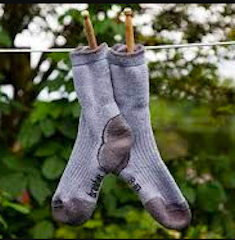
- Remember to avoid direct sunlight when hanging your compression socks and other compression clothing outside to dry.
- Don’t use harsh chemicals to wash or disinfect your compression wear, including socks.
- Don’t iron your socks, especially if they are still damp from a wash. Save up and buy extra pairs of XL socks so you can be sure that you always have a pair clean and ready to go.
- If you typically apply lotion or other skin products on your feet, make sure to let them dry first before putting your support socks on.
- Avoid damaging your socks by maintaining clean and short toenails. If you have long fingernails, be careful not to let them tear into your compression socks as you put them on.
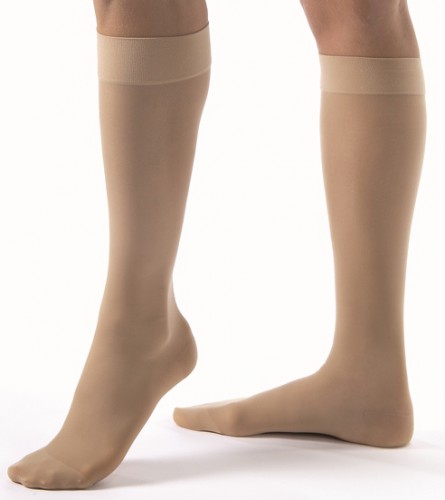
Final Words
Prevent. Manage. Maintain. Alleviate. Small to extra large compression socks do it all. In our selection, you’ll find designs that offer unisex support and can match any attire. The quality and thickness vary so keep that in mind when you buy a pair. It’s usually a good idea to opt for a thinner pair if you also wear insoles but choose whatever feels best to you. If you want calve support, make sure that you choose a high rise pair. And most importantly, remember to buy a size that fits you. Too large or too small and you won’t see the benefits you want.
